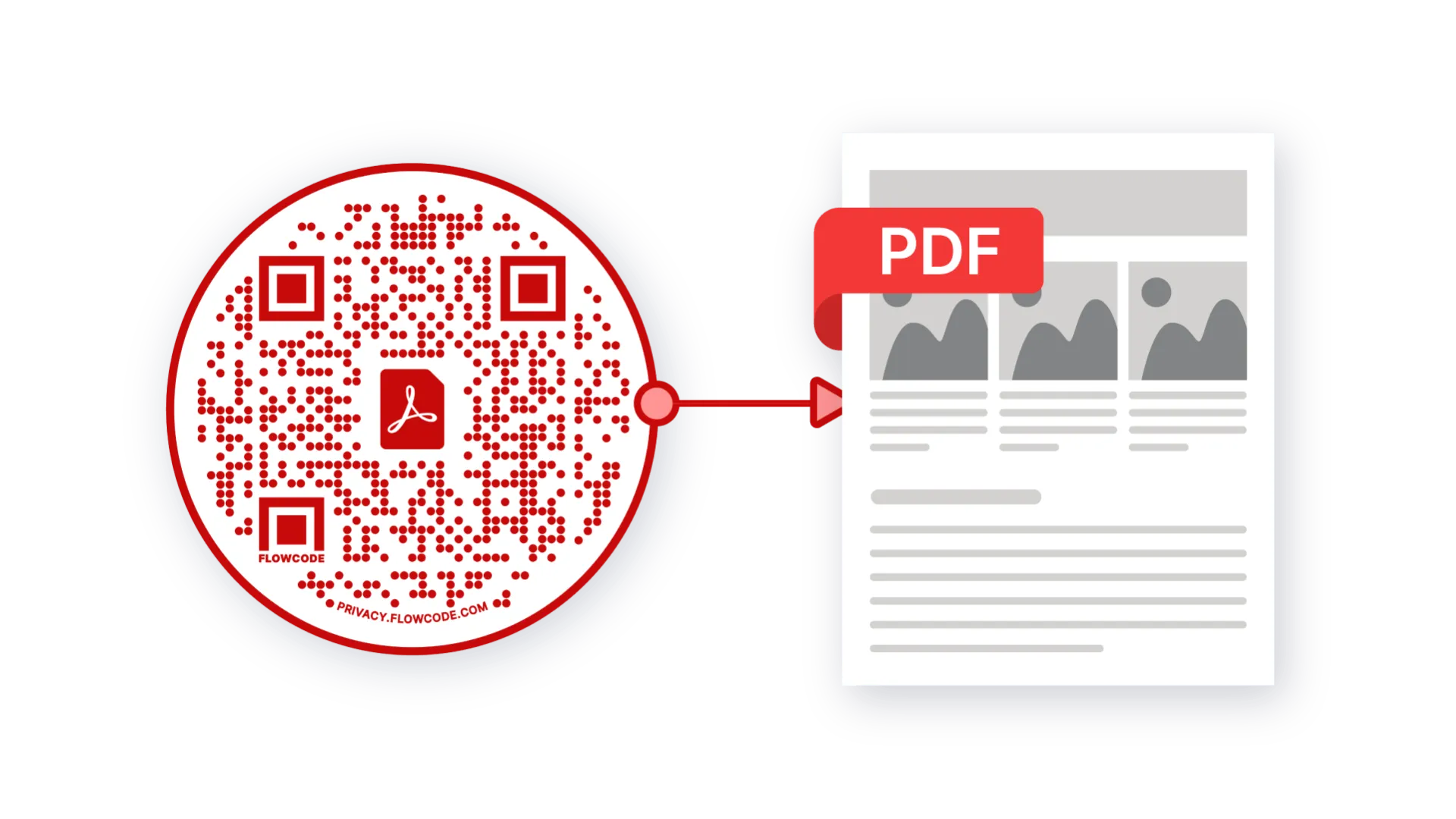Implementing QR Codes in Low-Connectivity Environments


QR Codes are a powerful tool for providing quick and easy access to connect consumers to information, services, and other online experiences. However, their effectiveness can be challenged in environments with limited or no internet connectivity. This document aims to guide businesses and users in optimizing QR Code usage in such scenarios, ensuring a seamless experience regardless of connectivity quality.
Understanding QR Codes in Low-Connectivity Scenarios
Flowcode, like other QR codes, function by encoding information in a square matrix, which can be scanned using a camera on a smart device to reveal the encoded information. This makes them versatile in low-connectivity situations, as the content can be embedded directly within the code or linked to content that's designed to be lightweight and accessible offline.
Challenges in these environments often include slow data retrieval, inability to access linked content, and difficulties in scanning due to poor lighting or fast-moving settings (e.g., moving vehicles).
Best Practices for QR Code Implementation in Low-Connectivity Scenarios
1. Content Optimization:
Use Static QR Codes: These QR codes contain all necessary information without needing an internet connection to access content. Ideal for allowing a consumer to connect to a Wi-Fi network to gain internet access in a low-connectivity environment. By default all QR Codes created within the Flowcode platform are dynamic with the exception of Wi-Fi QR Codes. That being said, we can provide functionality in your account to allow you to create static codes for other destinations – just reach out to your Client Success Manager for assistance on this!
Optimize Linked Content: If your QR code must link to a webpage, ensure the page is lightweight, with minimal images and optimized for fast loading even on slow connections.
2. Design Considerations:
High Contrast and Simple Design: Ensure QR codes have high contrast (e.g., black on white) and avoid overly complex designs. This makes them easier to scan in poor lighting or at a distance.
Size and Complexity: Larger QR codes with less complex designs (i.e., encoding less information) are easier to scan. The rule of thumb is 10 times the size of the smallest element in the QR code for scanning distance.
3. User Experience Enhancements:
Provide Clear Instructions: Accompany QR codes with instructions for users on how to best prepare for scanning (e.g., downloading an app or content in advance).
Alternative Access Methods: Always provide an alternative way to access the information or service, such as a short URL or a phone number, for those unable to use the QR code.

Implementing QR Codes for Specific Use Cases
In Remote Locations:
Use QR codes to give access to pre-downloaded maps, guides, or itineraries. These can be stored on a device and unlocked or accessed through scanning the QR code.
On Subways:
QR codes can provide offline access to transit maps, schedules, or ticket purchasing options. Consider placing these QR codes in strategic locations where travelers are likely to prepare for their journey.
On Airplanes:
Use QR codes to offer in-flight entertainment options, meal ordering, or customs forms that passengers can access without needing Wi-Fi. Ensure that the content is downloadable before the flight or accessible through the airline's offline app.
Follow Best Practices for Success
QR codes offer a flexible and efficient means of accessing a wide range of content, even in challenging connectivity scenarios. By following the best practices outlined in this document, businesses can maximize the accessibility and utility of QR codes for all users, ensuring a positive experience regardless of the environment. For further assistance or to discuss specific needs, please feel free to contact [email protected].
Connect to unlock a personalized demo


































.png)














.png)
.png)
.png)
.png)

.png)

%20copy%203.png)







.png)




.png)
.png)